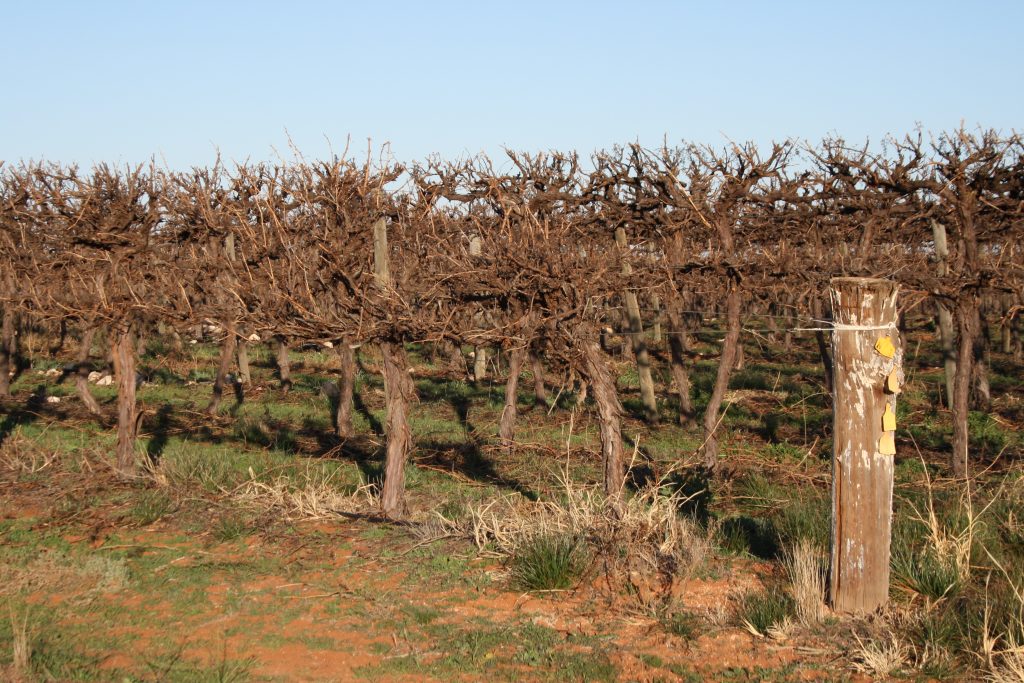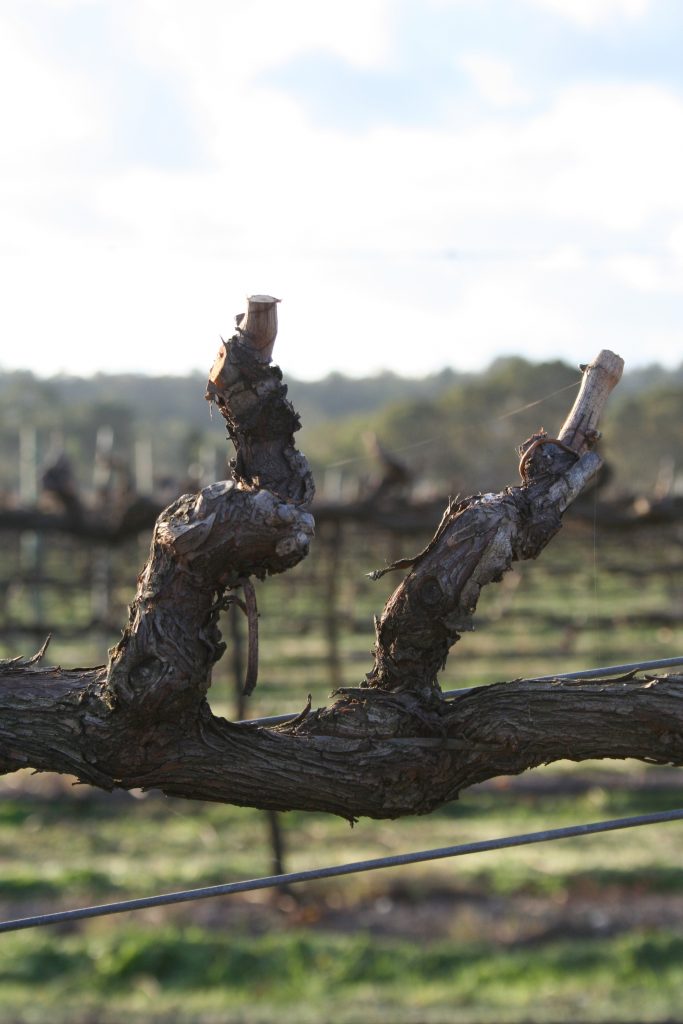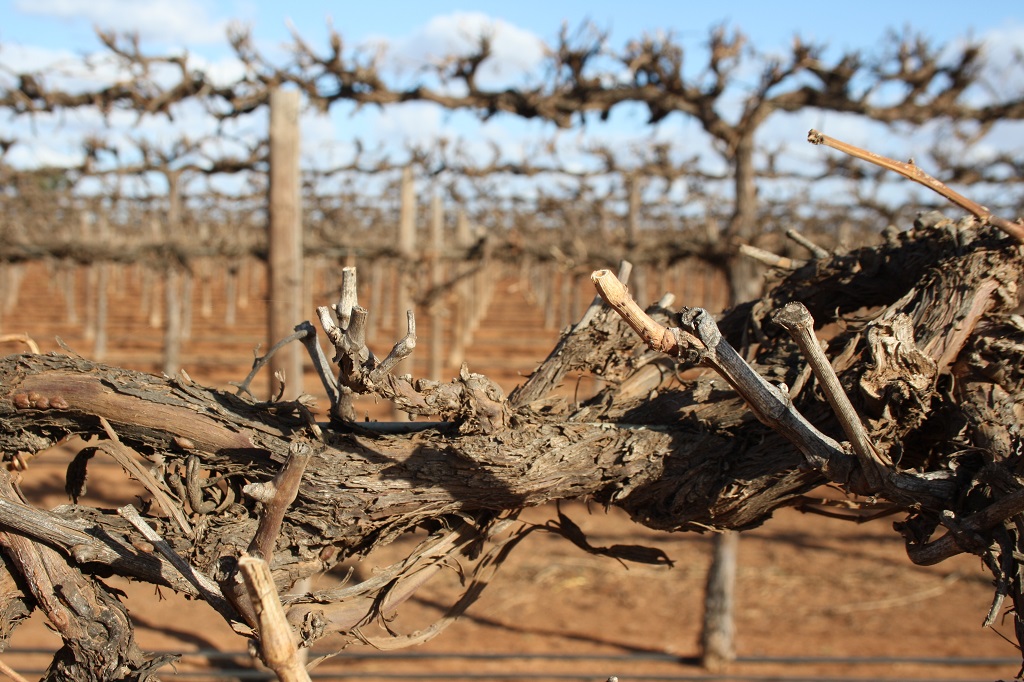As preparations get underway for managing vineyards through the winter months ahead, viticulturist Sam Bowman outlines the pros and cons for various methods for pruning and what the associated costs of these could be for operators in warm and cooler climates.
The time has come across the many regions in Australia to commence decision-making regarding the coming season ahead.
Some may be applying post-harvest fertiliser to improve carbohydrate storage for the coming spring, while others are already looking at the skeleton-like structures of the dormant vines to decide how best to prune for the desired yield and quality parameters they have in mind.
Pruning is one of the most vital interventions a grapegrower can have in the viticultural cycle, and if not focused on in a calculated manner, this can have major implications in vine health, fruit quality and increased labour later in the season.
In previous articles, I have touched on the importance of cane selection and soft pruning techniques that can aid in reduced die back and improved sap flow for nutrient translocation to the sink during the season.
Whether a mechanical system is used in our warmer regions or spur/cane pruning in cooler climates, both can be effective in managing risks to vine health and the overall productivity of the vine.
Cane and spur pruning
The two most common methods in Australian regions where vines are hand pruned are spur and cane pruning. Spur pruning involves the use of established spur positions to prune back the one year old wood that has lignified from the previous growing season, and the selection of a bud number per vine that will provide the desired crop load.

Bud dissections are a handy tool to determine bud fruitfulness at the first, second and third buds from the basal to calculate the viable inflorescences and determine the required buds and spur positions needed to achieve the target yield.
Most cool climate vineyards engage contractors to complete pruning and ‘piece rates’ across regions range from 50 cents/vine to $1/vine depending on the existing vine structure and the cuts required (pre-pruning is common practice in spur pruned vineyards at a cost of around $250/ha).
Cane pruning involves renewing the cordon each season with 2-4 canes from the previous season. This again will depend on yield targets, variety/ rootstock and quality targets. Contract rates range between $1.10-$1.40/vine for cutting/pulling out the previous season’s canes and wrapping the new canes. On a per hectare basis, on a 3m x 1.8m spacing vineyard (with 1850 vines/ha), spur pruning will cost $1637.50/ha (with pre pruning) and cane pruning $2,312.50/ha.

Since the development of the Klima system, many new developments (especially in Tasmania) are opting for this approach which reduces the input cost by around 40% in comparison to traditional manual cane pruning, by eliminating the pulling out of the previous season’s growth.
Growers using a Klima system, which involves manipulation to the existing wire configuration in VSP vineyards, cut the previous season’s cordon and the machine lifts and strips the cordon and foliage wires leaving the contractors to simply select and wrap down the canes – a great leap forward in the reduction of manual inputs in cool climate viticulture.
Basic principles that should be adhered to are to minimise large cuts where possible to avoid die back, as 1.5 times the circumference of a pruning would will die back into the vascular tissue of the vine, reducing flux in the xylem and phloem vessels and leading to susceptibility to Eutypa and reducing nutrient translocation in subsequent seasons.
In regions with a high risk of Eutypa or Botryspheria, a paint or fungicide should be applied to the pruning wounds as soon as practicable to reduce the risk of infection on the fresh wound.
Pruning in respect to sap flow is another added advantage for vine longevity and the techniques taught by Italian pruning gurus Simonit and Sirtch are well worth revising before the pruning season commences.
The basic idea is to reduce large cuts with a series of smaller cuts, allow for dessication points when spur/ cane pruning and allow the architecture of the vine to be in line with the natural progression of sap flow through the internal vessels.
The company has some great YouTube videos which are worth a look to explain the principles in both spur and cane pruned vineyards.
Cane pruning typically provides larger, looser bunches and for varieties like Pinot Grigio and Sauvignon Blanc (compact bunches prone to botrytis), reduced disease pressure and a reduction in vigour. Traditionally, most red varieties have been spur pruned in cooler South Australian vineyards but there has been a recent trend towards cane pruning, especially in Barossa Shiraz.
Mechanical pruning
Of the roughly 1.7 million tonnes of grapes produced in Australia per annum, 1.1 million tonnes is grown in three inland regions: the Riverland in SA, Murray Darling in Victoria/NSW and the Riverina in NSW.
In warm high production regions, a large majority employ mechanical pruning to reduce labour inputs and achieve higher yield targets than manual pruning.
Mechanical pruning involves the use of specialised machinery that prunes the top, sides and area below the cordon leaving behind desired buds per meter to achieve the targeted yield.
Many vineyards across warm regions are configured to a double cordon training system with two functioning cordons that are mechanically pruned.
Since the early 1980s when this system was developed (along with minimal pruning techniques), many vineyards have a observed a reduced output on the lower cordon due to shading of the developing buds from the more dominant upper cordon.
This has resulted in more growers opting for a ‘box hedge’ approach which, put simply, prunes back the top sides and growth below the lower cordon, abandoning the original structure of the double cordon training.
On a contract basis, mechanical pruning costs around $245-$280/ha, depending on row width and is typically charged by the meter, a significant reduction in comparison to hand pruning.
There are obviously pros and cons to mechanical pruning, one of which is the added disease risk when managed incorrectly due to a concentration of mature wood in the cordon; the second is the lack of accuracy when determining bud numbers and the resulting yield, making nutrition and irrigation management critical during the growing season.
Principles when managing a mechanical system are similar to manual pruning in that variety and rootstock need to be managed accordingly, ensuring more buds are left on high vigour rootstock/ scion combinations and large wounds are avoided where possible.
An interesting note: in the past three seasons working in high input regions, I am yet to see an instance of Eutypa, even with the added risk of mechanised pruning allowing multiple infection sites.
This could have a relationship with the high evapotranspiration rates and water application driving a higher rate of xylem flux in comparison to cooler regions with lower inputs.
There a pros and cons to all pruning systems, but no matter which way you prune, yield, quality and vine health should all be the top priorities.
With dormancy fast approaching, growers should invest in a cane analysis test during the winter months to assess starch concentration in the lignified canes and the nutrient load that has been stored in the post-harvest period.
This simple test can help guide nutrition requirements in the following season and take guess work out of how well the vines stored carbohydrates – a great way of ensuring your pruning strategy has the energy to come out of the gates at full pace.
Happy pruning.





















